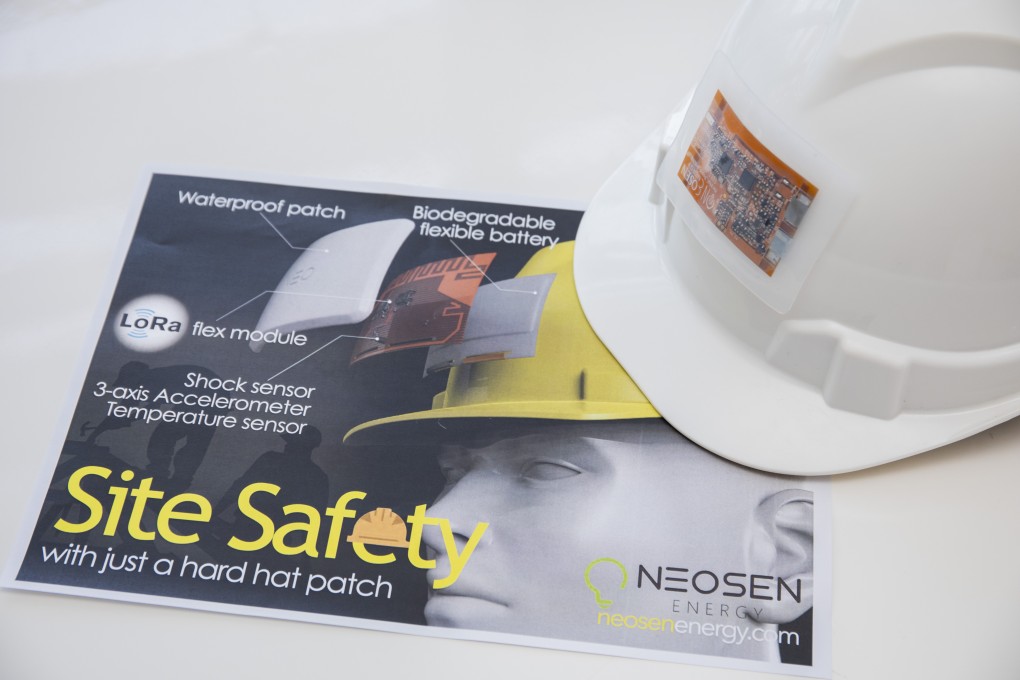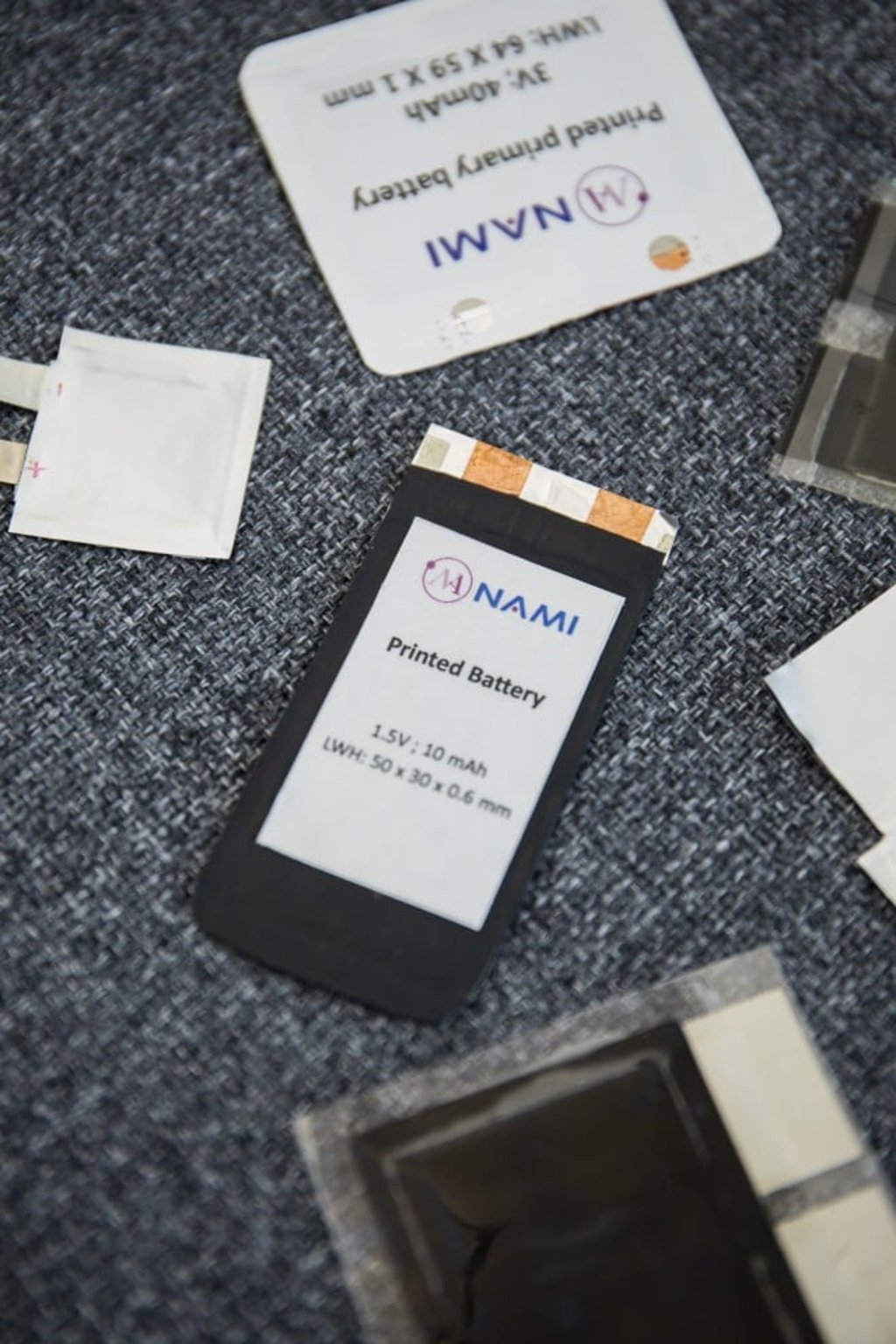Powering a green future with groundbreaking smart technologies

[Sponsored Article]
Hong Kong is at the forefront of the research and development of nanotechnology and advanced materials. In celebration of World Intellectual Property Day 2020 “Innovation for a Green Future”, we highlight some NAMI award-winning green tech designs.
Groundbreaking flexible ultra-thin battery leads high power solutions
An environmentally-friendly and low-cost ‘Green Battery Printed on LoRa IoT Devices’ has scooped numerous international awards since its debut last year. The pioneering technology, co-developed by the Nano and Advanced Materials Institute (NAMI) and Neosen Energy HK Limited, is the first of its kind in the world and has the potential to change the way we live and work smart. Designed for high power pulsing applications like LoRa IoT devices, the battery uses materials optimised for printability and comes with high electrochemical performance and stability. Such is the ingenuity of its design that the flexible battery won a coveted R&D 100 Award and a Gold Medal with Jury Commendation at the 47th International Exhibition of Inventions in Geneva in 2019. At the same time, it was named a CES Innovation Awards Honoree. In March 2020, the innovative battery was recognised with a Gold Award at the Edison Awards.

Explaining why NAMI came up with the concept of the battery, Technical Manager Dr. Ellie Fu, says: “Our sponsor came to us with three criteria. Environmentally-friendly; small, thin and flexible enough to be integrated into many products like loT applications; plus capacity for high power output. To achieve that, we developed a new technology that optimises the materials and fabrication processes we have in the past to reduce the internal resistance of the battery. It took us a year to do so. Our green battery is the only one in the world that meets all the requirements, especially the high power output. It also has an operating temperature range of -20 to 60 degrees Celsius, making it ideal for use in cold chain logistics and asset tracking. The longevity of the battery life depends on the power consumption of the device using it. For a LoRa IoT type, we can achieve over 3,000 pulse each which is a long time. If it’s integrated into a wearable device like a temperature sensor, it can last for two weeks or so.”
